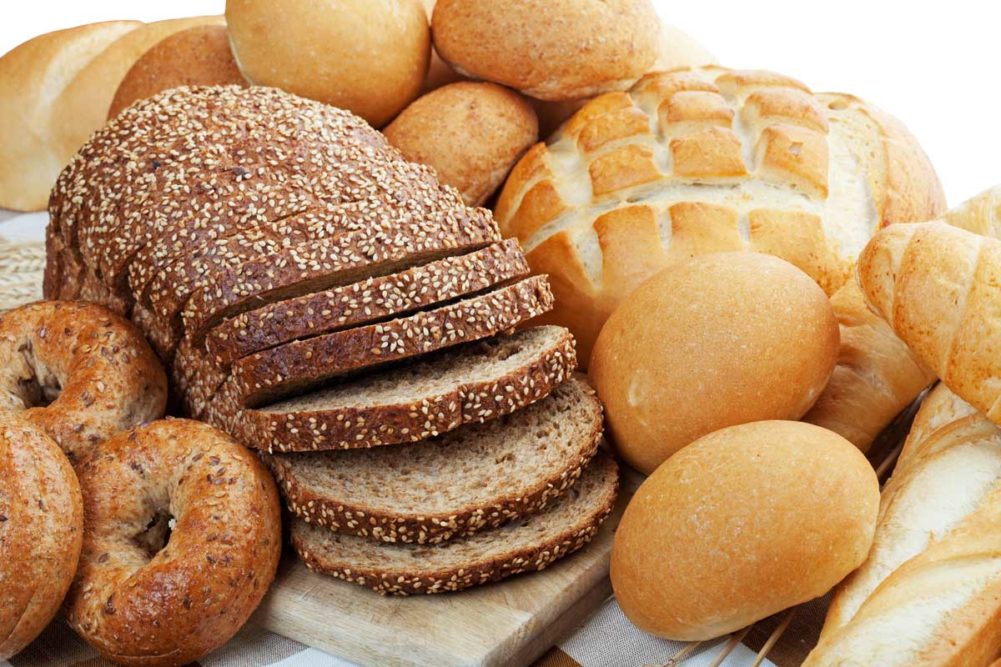Listen to the story:
Whether Americans need it or not, they can’t seem to get enough of protein. This macronutrient shows up in the snack aisle and bar category; it even has a place in bread. And consumers snatch those products up. Bolstering a baked food’s nutrition to reach a “good source” or “excellent source” claim can come with challenges, however, specifically in texture, taste and machineability. With no shortage of protein sources to choose from, formulators often find answers to those obstacles in protein blends.
“Blending protein will help bakers achieve higher claims by impacting the protein quality score, the flavor profile, the processing efficiency and the product texture throughout shelf life,” said Brook Carson, vice president of product development and marketing, Manildra USA.
Dairy, egg and soy are the big three proteins that have been used historically in baked foods. Wheat itself, the basis for conventional flour, carries a substantial amount of protein. And more alternative sources such as pulses, pea and ancient grains have taken the industry by storm.
Bringing together various sources — even the same source — of protein but blending different formats can help bakers get away from allergens, maintain good shelf life, cut costs and meet a claim while mitigating impacts on flavor or texture.
“A perfect blend has a good balance of nutritional value without impacting the overall characteristics of the finished product: volume, structure, taste, color, etc.,” said Arnaud Deniaud, vice president of technical services, Lesaffre Corp.
To accomplish this, bakers must know their options, how these different proteins can work together and the math of making a claim.
This article is an excerpt from the February 2020 issue of Baking & Snack. To read the entire feature on protein, click here.






